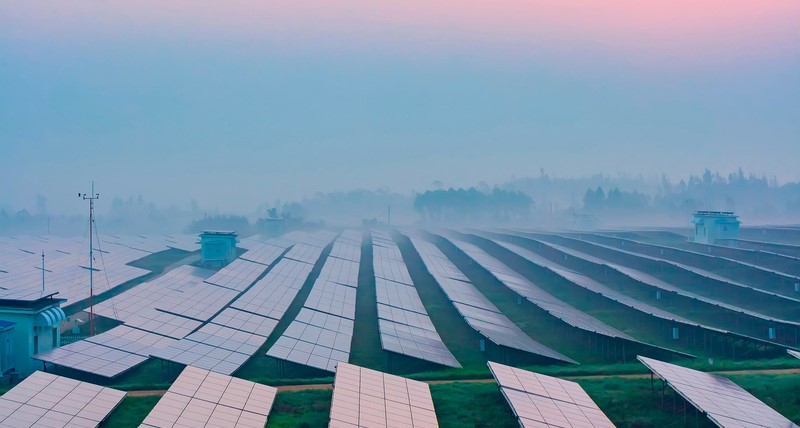Road conditions, such as ice or water layers, can be monitored by automatic measurement stations. In the following, we present some of our traffic related products and give you tips on how to make sure that your systems measure accurately over the entire lifetime.
When the temperature is below zero and the fog settles on fields and trees like a veil, the world becomes white as in a fairy tale. But what seems so idyllic white entails risks, because the road is now covered by a fine white ice layer.
No one can see with the naked eye how thick or slippery this ice layer is exactly. This can only be measured by technical assistants such as automatic ice detection systems, which consist of different sensor components and transfer their data to control centers around the clock.
Components for Road Weather Stations
We from Lufft provide some of these components. On the one hand, our compact weather sensors are used to detect various environmental conditions such as wind, temperatures, air pressure, precipitation, radiation and more. On the other hand, our road sensors provide information about the current road state, ice layers and friction. These are available in form of embedded, spectroscopic and mobile versions. Ice detection systems mostly consist of both road and weather sensors forming an unit.
Our latest development, the mobile road sensor MARWIS, is attached to a vehicle and measures both road conditions and ambient conditions at once in real-time. It has been on the road globally for more than two years.
Over the Years Sensors Come to an Advanced Age
Road weather sensors also age after a while, which in the long run causes them to become somewhat inaccurate. This can be prevented by regular calibration and adjustment. In the industrial sector, e.g. in the pharmaceutical industry, the regular examination of sensors regarding accuracy and functionality is strictly controlled. For measurement stations which are used outdoors, there are unfortunately no such official regulations yet. Nevertheless, we strictly recommended to ensure their long-term reliability by means of regular calibration. This has unfortunately been neglected in the past, as we could observe from our calibration orders.
Although Lufft sensors run drift-free for a long time, we recommend checking them annually to ensure the precision of the entire sensor system.
We support you by offering the device examination producer-independently. For the mobile road sensor MARWIS, for example, we offer the following services:
- Pyrometer adjustment
- Test of the water film height measurement at 50 and 250 μm
- Function test
- Creation of a new factory calibration protocol
Are you interested our entire calibration offer and their prices? Take a look at our scope of services, our calibration price list or contact us – we will be happy to advise you.


